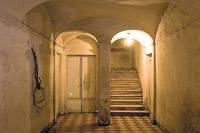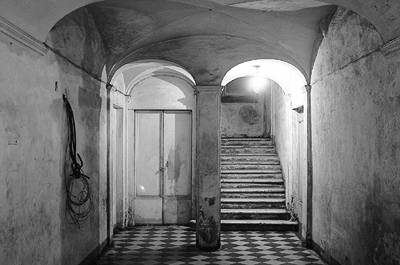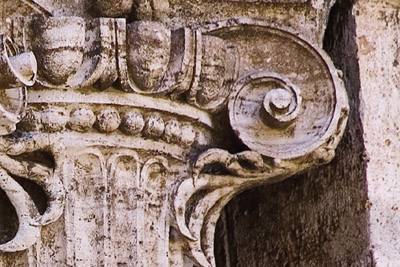Previewing Tips: Critical Evaluation
| Artist and author Jack Davis likes to call the digital preview process "chimpin'" because you always see digital photographers gathered around their cameras, pointing at the preview screen and going "Ooooh! Ooooh!" (like a bunch of monkeys). Although we like to share the digital preview screen with those around us, it's even more important that we've checked it with our own discerning eye and are satisfied with the results. As you look at the image in the preview, ask yourself the following questions. Is the Image Framed Properly?How's the composition? Did you fit everything in the frame or did you cut off someone's head or feet? If you didn't frame the shot properly, erase the image and shoot it again. Even if you did get everything in the shot, ask yourself the tougher question of whether you created an interesting composition. What about a lower or higher angle of view? Could you use more space around the subject, or could it be cropped tighter? Challenge yourself in this area; you'll be surprised at what a little critical thinking can do. (For more on image composition, see Chapter 4, "Composition.")
Is It Sharp?Sharpness is the hardest aspect to evaluate, especially on that little LCD screen. An image can look just fine on the back of the camera, but might reveal soft, blurred edges when you open it on the computer. It helps a little if your camera allows you to zoom on the image preview, but it's still hard to see exactly what you have because you never see the image at a true 1:1 pixel ratio. This is a great reason to tether your camera to a laptop while you're shooting because sharpness is the hardest thing to evaluate in an on-camera preview.
|
EAN: 2147483647
Pages: 141
- Chapter V Consumer Complaint Behavior in the Online Environment
- Chapter VIII Personalization Systems and Their Deployment as Web Site Interface Design Decisions
- Chapter XI User Satisfaction with Web Portals: An Empirical Study
- Chapter XIV Product Catalog and Shopping Cart Effective Design
- Chapter XV Customer Trust in Online Commerce


